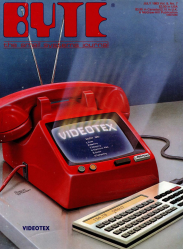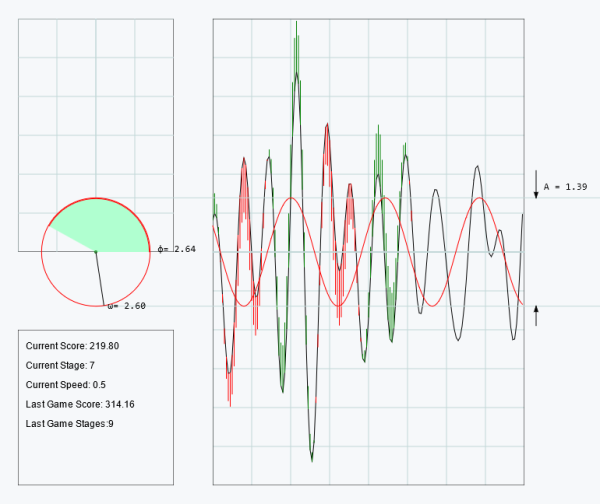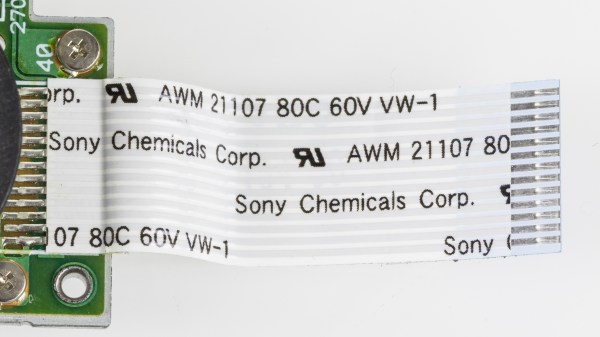This week Jonathan Bennett and Katherine Druckman talk with Matt Ray about OpenCost. What exactly is Cloud Native? Why do we need a project just for tracking expenses? Doesn’t the cloud make everything cheaper? Is there a use case for the hobbyist?
The cloud is just a fancy way to talk about someone else’s servers — and what may surprise you is that they charge you money for the privilege of using those computers. But how much? And when you have multiple projects, which ones cost how much? That’s where OpenCost comes in. Not only does it help you track down costs in your cloud usage, it can also catch problems like compromised infrastructure sooner. Mining bitcoin in your Kubernetes Cluster makes a really noticeable spike in processor usage after all.
Continue reading “FLOSS Weekly Episode 769: OpenCost — We Spent How Much?”


















